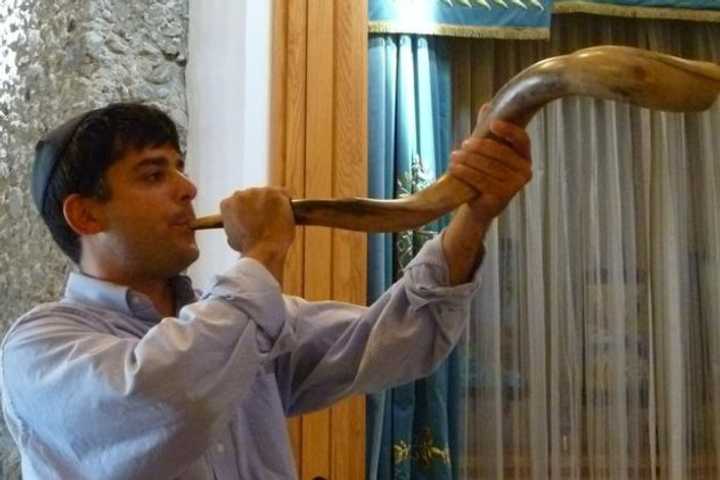As many of our neighbors will be celebrating, understanding the meaning of the religious holidays underlies the common experience of all.
Rosh HaShanah is the Jewish New Year. It falls during the month of Tishrei, and is 10 days before Yom Kippur. Together, Rosh HaShanah and Yom Kippur are known as the Yamim Nora’im, which in Hebrew means the Days of Awe.
In English, they are often referred to as the High Holy Days.
Rosh HaShanah literally means “Head of the Year,” and it falls in the seventh month on the Hebrew calendar.
Rosh HaShanah is observed the first two days of the month, and this year that is Sunday through Tuesday. Jewish tradition teaches that this is when God decides who will live or die during the coming year.
As a result, during Rosh HaShanah and Yom Kippur, and in the days leading up to them, Jews embark upon the serious task of examining their lives and repenting for any wrongs they have committed during the previous year. This process of repentance is called teshuvah. Jews are encouraged to make amends with anyone they have wronged and to make plans for improving during the coming year.
Shanah Tovah is the traditional Rosh Hashanah greeting, which means "A Good Year." L'shanah tovah tikatevu, meaning "May you be inscribed for a good year" is also traditional.
Click here to follow Daily Voice Englewood and receive free news updates.
